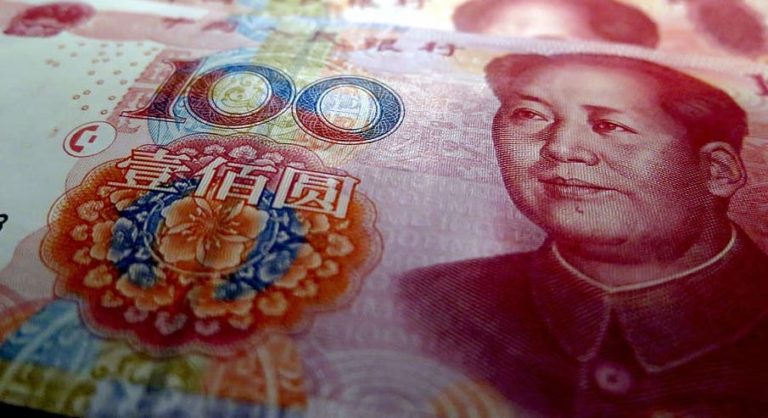COVID-19 has become a major challenge for China’s public health and economic growth. The country faces high unemployment, soaring debt and drastic lockdown measures. As a result, China’s national economy shrunk for the first time in decades. Hubei province saw its economy shrink nearly 40 percent in the first quarter of 2020.
Yet China has weathered the coronavirus storm better than many other countries. Many businesses, factories and congregational spaces have already started re-opening. This is even the case in Wuhan, the original epicenter of the outbreak. Given China’s population of over 1.4 billion, curbing the spread of COVID-19 is an incredible feat.
Media outlets have pointed to various factors contributing to China’s swift response. For example, the country’s centralized healthcare system helped standardize prevention measures. A largely overlooked factor, though, is China’s high savings rate. Chinese households and companies save more than most other countries in the world. Since the 1980s, national savings has comprised around 40 percent of GDP. This is far greater than the average of 15 percent for developing countries. Household savings account for most of this difference—about 20 percent of GDP.
The coronavirus epidemic no doubt jeopardized the financial security of many families. But high savings helped reduce its harmful effects. Below are three explanations for this phenomenon:
[zombify_post]


0 Comments